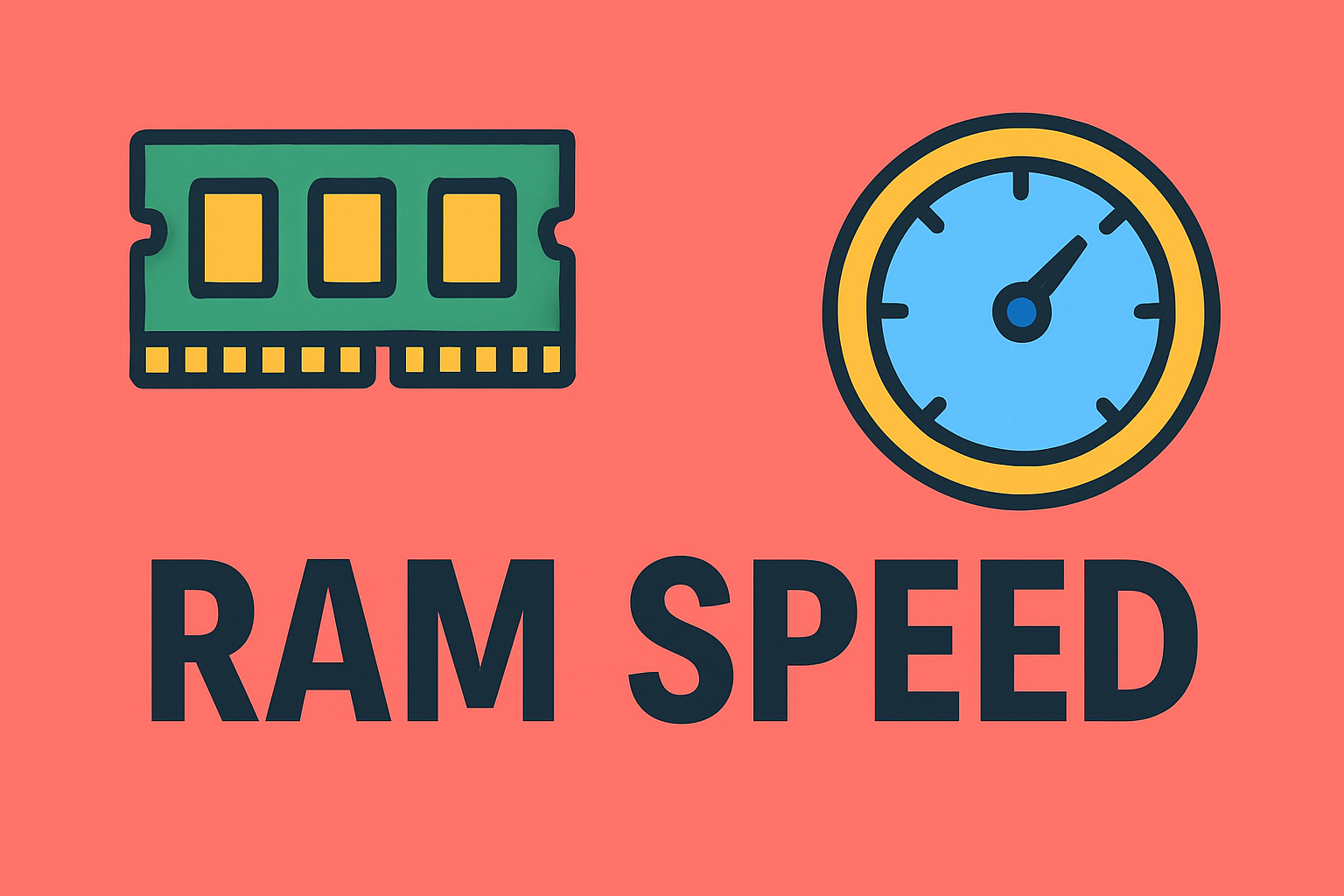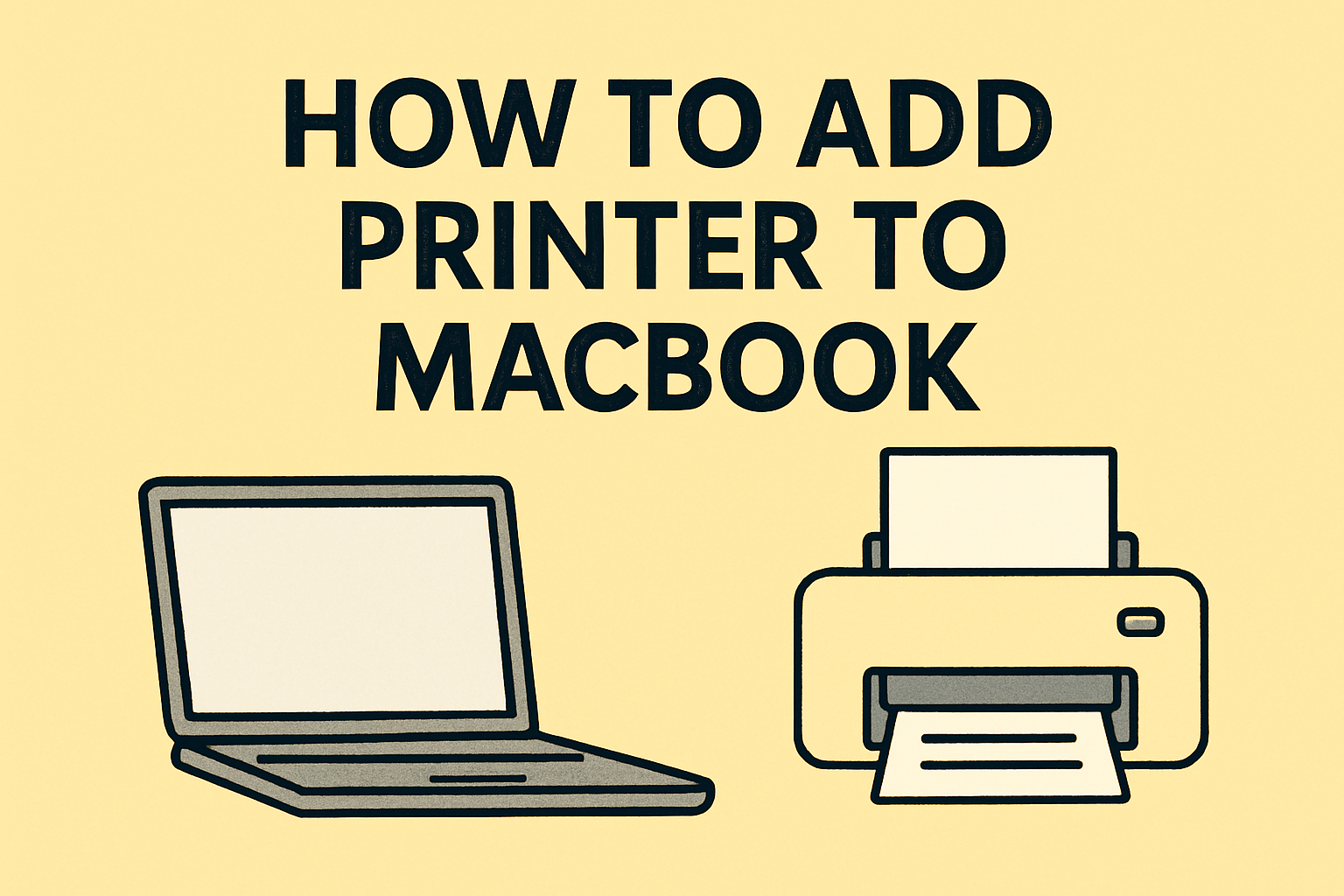Unlocking Memory Insights: How to Find RAM Speed
Updated on October 16, 2025, by ITarian

Have you ever paused mid-project and wondered, how to find RAM speed on your system? Whether you’re troubleshooting performance bottlenecks, validating specs, or planning upgrades across enterprise machines, knowing your memory’s actual speed is essential. In this deep dive, you’ll discover reliable techniques, tools, and best practices to check RAM speed on Windows, macOS, and Linux — built for IT managers, cybersecurity leads, and tech-savvy executives.
Why RAM Speed Matters for Performance & Security
Understanding how to find RAM speed isn’t a techie’s vanity metric — it plays a critical role in real-world operations:
-
Performance bottlenecks: A mismatch between capacity and speed can stunt throughput in data analysis, virtualization, or scanning engines.
-
Security tools: Memory-intensive security, endpoint, or encryption workloads benefit from better memory bandwidth.
-
System audits: For asset management, you want precise spec verification, not just claimed capacity.
-
Compatibility & stability: Mixing mismatched modules (e.g., DDR4-3200 with DDR4-2400) can force downclocking or instability.
-
Overclocking & optimization: To safely tune memory performance (XMP, DOCP), you first need a baseline speed reading.
With that context, let’s explore how to find RAM speed, step by step.
Common Units & Concepts You Should Know
Before you run commands or launch apps, it helps to know a few memory fundamentals:
-
MHz vs MT/s: Modern RAM is double-date-rate, so MT/s (Mega Transfers per Second) is the effective data rate. For DDR memory, MT/s often aligns with “speed” in MHz (e.g. DDR4-3200 = 3200 MT/s).
-
Base vs negotiated speed: Modules often have a rated speed (e.g. 3600 MHz) but the motherboard or BIOS may run them at a lower clock unless configured.
-
XMP / DOCP / EXPO profiles: Overclock profiles stored on the RAM, which a BIOS can enable to reach full rated speeds.
-
CAS latency & timings: Speed alone doesn’t tell the full story — latency and timings matter too, especially for performance tuning.
With these in mind, let’s get hands-on.
How to Find RAM Speed on Windows
1. Using Task Manager (Quickest Way)
-
Press Ctrl + Shift + Esc (or right-click taskbar → Task Manager).
-
Go to the Performance tab.
-
Click Memory on the left pane.
-
On the right side, you’ll see Speed (like 3200 MHz) along with used slots and form factor.
This is the fastest method and works reliably on Windows 10/11.
2. Using Command Prompt / PowerShell
If you prefer command-line:
Command Prompt (WMIC):
This command returns the speed (in MHz) of each memory module installed.
PowerShell (WMI / CIM):
This gives you speed, manufacturer, and capacity in a formatted table output.
3. Using Third-Party Tools
For more detail (e.g. timings, SPD data, multiple modules), these tools help:
-
CPU-Z: Under the Memory tab, shows DRAM Frequency (you multiply by 2 for DDR effective speed) plus timings.
-
Speccy: User-friendly app which lists memory specs, including speed, type, module details. (It’s often included in system audits)
-
HWInfo / AIDA64: Comprehensive system-info suites used by IT admins to generate hardware inventories and check memory specs.
These tools are particularly useful when you need more than just speed — like serial numbers, voltage, etc.
How to Find RAM Speed on Linux
On Linux systems (Ubuntu, Debian, Fedora, CentOS, etc.), terminal commands are your go-to.
1. dmidecode (Memory Information)
Look in the output for fields like Speed, Configured Clock Speed, Maximum Speed, etc. This gives you detailed memory module info.
For a more filtered output:
This isolates the speed lines.
2. lshw (Hardware Listing)
This returns memory modules and configuration, often including speed data.
3. inxi or other distro tools
If inxi is installed:
This prints memory module details, including speed. Some distributions include GUI hardware info apps to show similar data as well.
4. BIOS / UEFI via Terminal Emulation
If your server has a text-based BIOS or IPMI, you may find memory speed info in firmware interfaces (especially on servers). Many are accessible over SSH or remote console.
How to Find RAM Speed on macOS
macOS also offers built-in methods:
1. About This Mac → System Report
-
Click Apple menu → About This Mac
-
Click System Report
-
Under Memory, you’ll see each memory slot’s size, type, and speed (e.g. 2666 MHz DDR4).
This is direct and works reliably on modern macOS builds.
2. Terminal (system_profiler)
This returns detailed module info, including speed, type, and more.
Example output snippet:
This is useful for scripting or remote checks.
Validating & Interpreting Results
Once you know how to find RAM speed, validating and interpreting the readouts correctly is key.
-
Check against rated specs: If your system reports lower speeds than the RAM’s sticker, you may need to enable XMP / DOCP.
-
Ensure consistency across slots: Mismatched modules often run at the speed of the slowest one.
-
Consult motherboard documentation: Sometimes motherboards limit speed based on CPU, memory channel configuration, or BIOS version.
-
Note the difference between “actual speed” and “maximum possible”: A module may support 4000 MT/s but run at 3200 MT/s if not configured.
-
Check for BIOS/UEFI overrides: Some systems run memory at lower fallback speeds by default; enabling advanced profiles can unlock rated performance.
Enabling Full Performance: XMP, DOCP & BIOS Profiles
To unlock the full potential of your RAM, many motherboards support “memory profiles”:
-
XMP (Intel)
-
DOCP / EOCP / EXPO (AMD / others)
These stored profiles allow the memory controller to run modules at their rated speed, timings, and voltage instead of default fallbacks.
Steps to enable:
-
Boot into BIOS/UEFI (Del, F2, F12, etc.).
-
Locate Memory / Overclock / Performance Settings.
-
Enable XMP / DOCP / EXPO (often a simple toggle).
-
Choose a profile (Profile 1, 2, etc.).
-
Save and reboot.
-
Re-check RAM speed in your OS to confirm the change.
If the speed matches the rated spec (e.g. 3600 MHz for DDR4-3600 modules), you are now running at full performance.
Use Cases: When to Check RAM Speed
Here are scenarios where knowing how to find RAM speed is especially valuable:
-
Upgrading / adding modules: Ensuring compatibility and avoiding performance degradation.
-
Performance debugging: Slow systems often hide issues in memory bandwidth.
-
Virtualization / security workloads: Memory throughput matters in VM density and encryption tasks.
-
Hardware audits: Verifying actual installed specs vs claimed ones for asset management.
-
Overclocking or benchmarking: Baseline measurements are essential to validate gains.
Example Walkthroughs
Let’s walk through two quick, real-world examples:
Example A: Windows via Task Manager & PowerShell
-
Press Ctrl + Shift + Esc → Performance → Memory → see Speed: 3200 MHz.
-
Open PowerShell and run:
You might see:
That confirms each module’s speed and brand.
Example B: Linux via dmidecode
-
SSH into your server.
-
Run:
-
You might see:
This tells you the module’s rated (max) speed and what it’s currently configured at.
If it’s below rated, go to BIOS/UEFI and enable the correct profile.
Troubleshooting & Common Pitfalls
While figuring out how to find RAM speed seems straightforward, some challenges may arise:
-
“Unknown” speed in
dmidecodeor hardware tools: Some modules or boards may not expose SPD registers properly. -
Default fallback speed: If BIOS doesn’t enable XMP/DOCP, RAM may run at base JEDEC speed (e.g. 2133 MHz).
-
Mixed modules: Different brands or capacities may force the system to run at a lower common speed.
-
Outdated BIOS / firmware: Some motherboards need updates to support higher memory profiles.
-
ECC / server RAM differences: ECC or registered memory might display differently in certain tools.
When you hit these, always cross-reference with BIOS, manufacturer specs, or vendor documentation.
Frequently Asked Questions (FAQ)
Q1: Will RAM always run at the speed it’s rated for?
No — by default many systems use fallback JEDEC speeds. To achieve rated speeds, you often need to enable XMP / DOCP / EXPO in BIOS.
Q2: How can I check if XMP is enabled?
After enabling XMP, use Task Manager (Windows) or dmidecode (Linux) to confirm the effective speed matches the rated spec.
Q3: What’s the difference between MT/s and MHz?
MT/s is the data transfer rate (Mega Transfers per second). In modern DDR memory, MT/s is often used interchangeably with MHz for simplicity.
Q4: Can mismatched RAM modules reduce speed?
Yes. If one module supports only 2400 MHz and another supports 3200 MHz, the system may run both at 2400 MHz to maintain compatibility.
Q5: Does it matter if the RAM speed is slightly lower than rated?
In many use cases, it may not severely impact performance. But for high-throughput workloads, security scanning, or virtualization, the extra bandwidth can make a measurable difference.
Conclusion & Next Steps
Understanding how to find RAM speed gives you a clearer picture of your system’s overall performance, stability, and optimization potential. For IT managers, cybersecurity experts, and business leaders, this knowledge ensures that every device in your environment operates at its best — avoiding hidden performance gaps or configuration mismatches.
Accurately identifying RAM speed helps in diagnosing slow systems, validating hardware purchases, planning upgrades, and maintaining compliance across enterprise assets. It’s not just about numbers — it’s about maintaining efficiency, security, and operational readiness.














